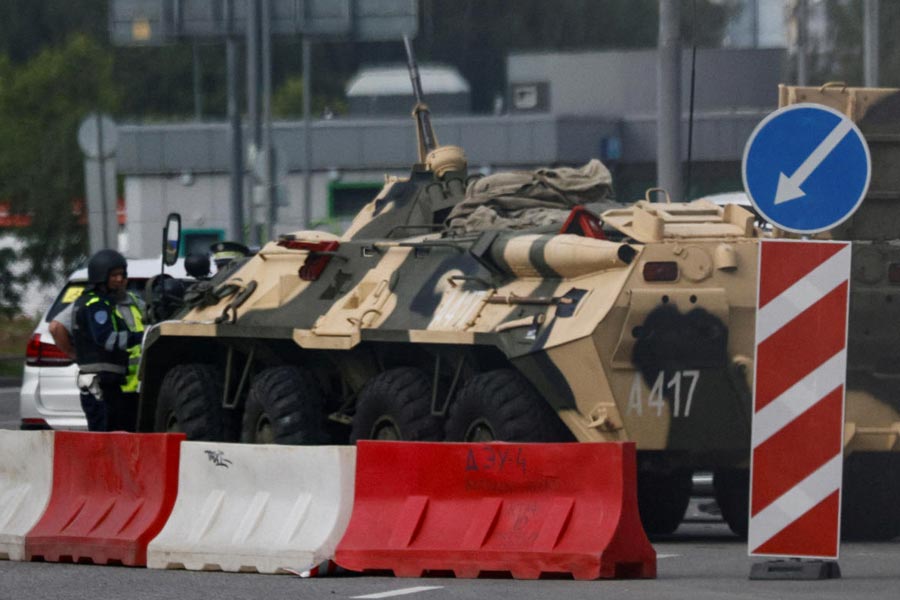Dating back to Soviet times, the defence of Moscow was designed partly with the idea of preventing an armed insurrection from toppling the government.
Overlapping security services play a role, and one task of every branch has been to keep an eye on all the others.
“This has been built to be as coup-proof a system as possible,” Mark Galeotti, an expert on Russia’s security services, said recently on his podcast, “In Moscow’s Shadows”. Lots of security officials are paid to be “professionally paranoid”, tasked with looking for signs of any threat from within the security establishment, he noted.
First among equals is the Federal Protection Service, or FSO, which is roughly equivalent to the US Secret Service. It serves as a kind of Praetorian guard, bearing the main responsibility for protecting the president.
After that, the main Federal Security Service, the FSB, has a large military counter-intelligence department. Although it tries to ferret out foreign spies in the armed forces, its main task is watching the military, Galeotti said.
In terms of military units, there are two central ones assigned the task of guarding Moscow. They are the 4th Guard “Kantemirovskaya” Tank Division, nicknamed after one of their most famous battles, and the 2nd Guards Motor Division. Although both divisions have had units rotate through Ukraine, there is at least one regiment each, or 3,000 men apiece, left in Moscow at all times, Galeotti said.
Beyond that, there are various units of the Spetsnaz special forces; the National Guard and specialised riot police. And the interior ministry has a large police force.
While not exactly military units, their members are all armed and could be called upon to shoot at the Wagner mercenaries.
On the other side, the Wagner group is estimated to have some 25,000 men, although accounts vary as to how many are deployed along the Russia-Ukraine front and how many are in far-flung assignments in West Asia and Africa.
Whatever the number, Galeotti noted, it is likely insufficient to take on all the government forces mustered in Moscow, especially because Wagner fighters are limited in terms of their own air power, transportation and other logistics issues.
New York Times News Service











